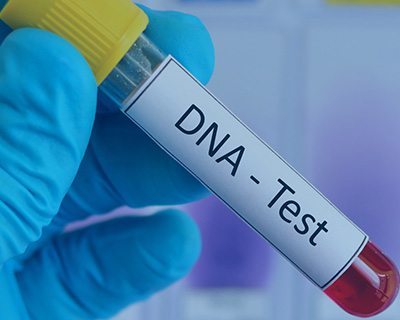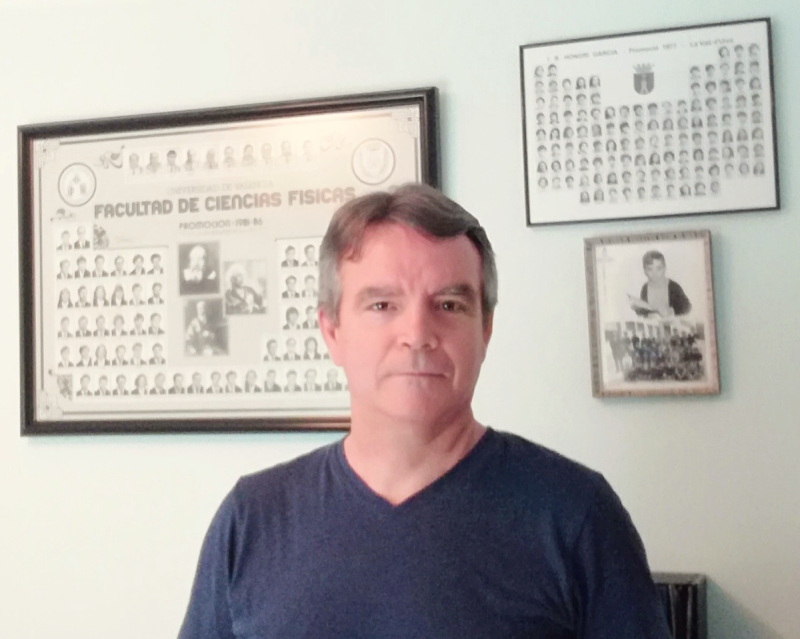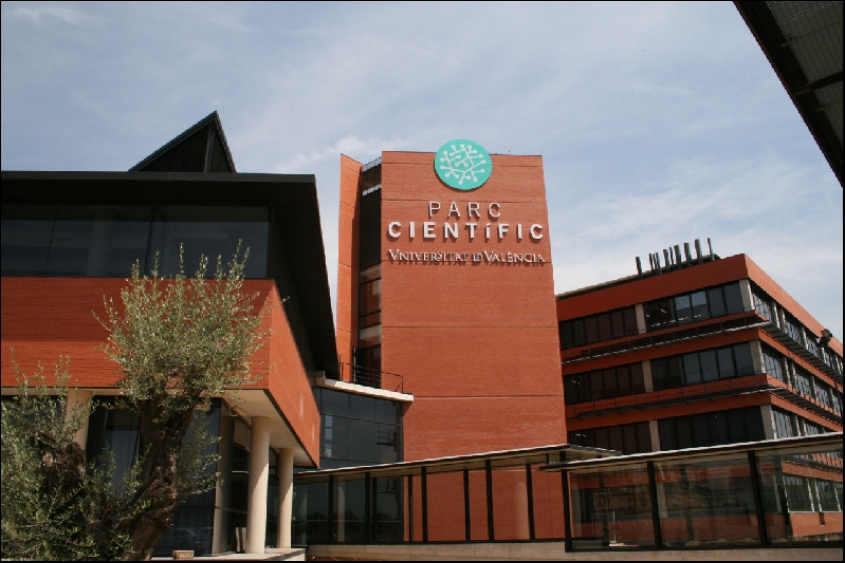Title: Development of EOSAL for application to different types of genetic studies through massive sequencing in clinic and research
Research group: Theory, Bioinformatics and Computation
Massively parallel or next-generation sequencing (NGS) has been a revolution in genetic studies, having important applications in research and in clinics. Some are the study of the genome, transcriptome, microbiome, methylome, genetic diagnosis and personalised medicine, such as pharmacogenetics and the detection of somatic tumour markers, studies of tumour mutations in circulating DNA, determination of the mutation rate for oncology immunotherapy studies. An important application is the study of specific regions of the genome for many clinical or research studies, mainly of one or several genes (NGS panel) due to the high costs of genome-wide studies.
In NSW, a limiting step is the generation of the libraries, especially for gene panels. Several techniques have been developed for this purpose, one of the most important being libraries using amplicons. This technique consists in the amplification by PCR of the regions of interest and by a second reaction add the sequences for NGS.
Sequencing Multiplex SL (Seqplexing), simplified this type of libraries through its own system (kits currently marketed).
Subsequently, EOSAL (Easy One Step Amplification and Labeling; patent pending) has been developed which allows proportional amplification and marking of the amplicons included in a panel in a single step.
EOSAL allows libraries to be generated in one step (EOSAL-NGS) and is the simplest procedure described so far. EOSAL-NGS requires adding the DNA sample to be studied to the reaction mixture, performing a PCR, and obtaining the library for sequencing.
This means an important reduction in costs in reagents, materials, and personnel, increasing the capacity of the laboratories and, therefore, universalising and reducing the cost of genetic studies.
The present project and the consortium, formed by Seqplexing and the Theory, Bioinformatics and Computation (TBC) group of the Institute for Integrative Systems Biology (I2SysBio), will allow the development of EOSAL-NGS to generate:
- Kits for different EOSAL applications using NGS (EOSAL-NGS) and their validation: detection of somatic and germinal mutations (point and CNVs), detection of mutations in RNA and DNA simultaneously, detection of mutations in very low proportion and application to cancer immunotherapy.
- Bioinformatics application for the design of kits (design of oligos for panels according to the requirements of each application).
- Bioinformatics application for the analysis of data generated by each kit. This software is especially necessary for the new applications to be developed.
This project is focused on the use of the second generation NGS, without losing sight of the developments being made in third generation systems.
Felipe Javier Chaves (SeqPlexing), Vicente Arnau (I2SysBio)
Wladimiro Diaz (I2SysBio)
Ministerio de Ciencia, Innovación y Universidades - Proyecto RETOS COLABORACIÓN 2020
SEQUENCING MULTIPLEX, S.L., I2SysBio(UV-CSIC)



















